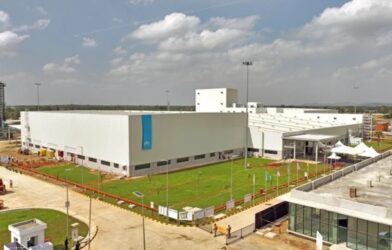At the CEO Investor Day in New York, Hyundai Motor Company announced its ambitious 2030 goal, emphasising India as a crucial component of its worldwide expansion plan. The carmaker made history by announcing that, with the help of a completely localised supply chain, India will receive its first domestically manufactured Hyundai electric vehicle (EV) before 2030. With this action, Hyundai is demonstrating its intention to deepen its long-term ties with India, one of the world’s fastest-growing car markets. This is the first time Hyundai has created an electric vehicle particularly for the Indian market, and the next EV will be made for Indian buyers. To ensure that EVs are widely adopted throughout the nation, the emphasis will be on cost, usefulness, and local sourcing.
Furthermore, Hyundai disclosed that its multi-model export centre in Pune will be crucial to its international growth. By 2030, the factory is expected to add 250,000 vehicles to Hyundai’s worldwide production capacity, solidifying India’s position as a key export base and a driver of domestic growth. Hyundai’s India EV strategy will help the government’s drive for electrification and sustainable mobility while enhancing its already robust SUV lineup, which is led by the Creta and Venue. The Hyundai IONIQ 5, Kona, and Creta are among the EVs the manufacturer has already offered in India. However, the locally built model will try to meet mass-market demand by bridging the gap between high-end imports and reasonably priced small EVs.
By 2030, Hyundai wants to sell 5.55 million cars worldwide, including 3.3 million electric vehicles (EVs, hybrids, and extended-range EVs, or EREVs). India is anticipated to play a significant role in this expansion in terms of both exports and sales. Hyundai will use cutting-edge technologies, localise production in strategic markets, and provide fully electrified portfolios across all segments. India will be the focal point of this plan, serving as a global centre for production and innovation in addition to being a sales market.















Comments are closed